Designing a Garden and Family-Friendly Landscaping: Create a Space That’s Beautiful, Functional and Easy to Maintain
Designing a garden and family-friendly landscaping is about balancing style with functionality to create a welcoming space for every family member. In this guide, we’ll explore how to create child-friendly play zones, incorporate a cozy firepit area, and keep maintenance minimal, so you can enjoy your backyard with less upkeep. Follow these steps to design a garden that’s beautiful, safe, and ready for family fun.
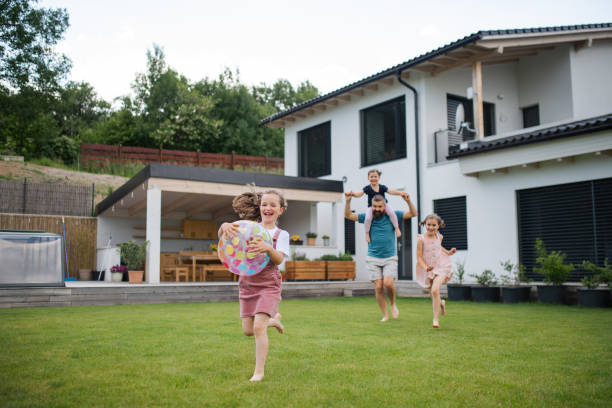
Step 1: Planning the Layout for Functionality and Flow
A well-thought-out layout is key to designing a garden and family-friendly landscaping project that allows seamless flow between different areas while maintaining safety.
- Sketch your yard and divide it into functional zones, such as a play area, seating and firepit area, and garden beds.
- Use paths to connect the zones. Gravel, pavers, or compacted mulch create defined walkways that guide movement and reduce wear on your lawn.
Tips
- Place the play zone within sight lines from the main seating area for easy supervision.
- Use low barriers, like garden beds or small hedges, to separate zones subtly without disrupting the open feel.
Draw a simple sketch of your backyard and outline areas where you’d like different zones.
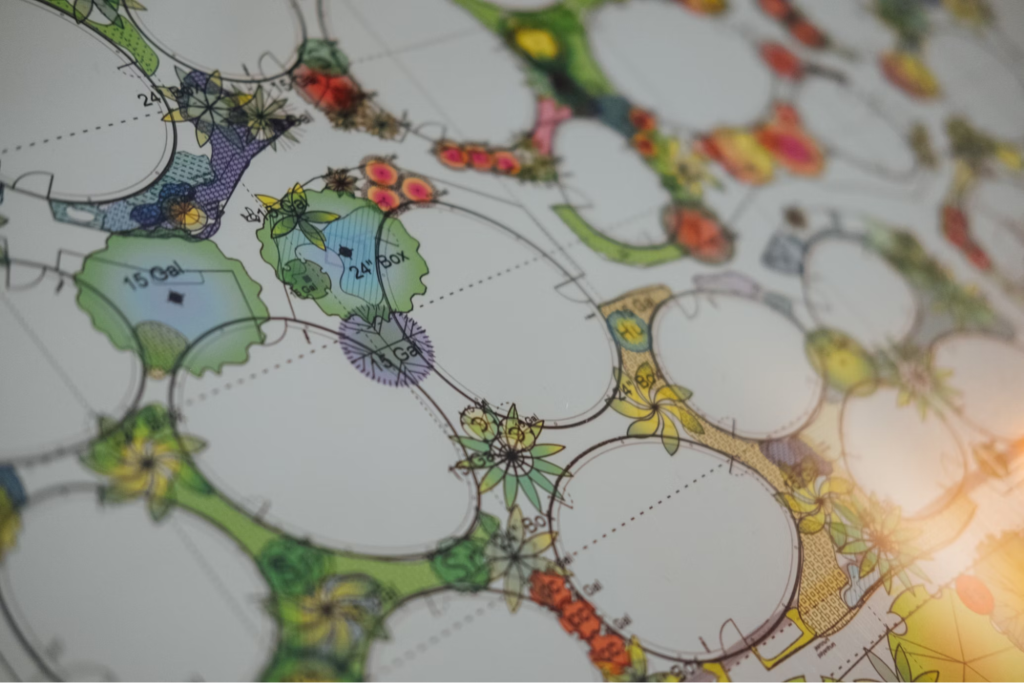
Step 2: Designing a Safe and Fun Play Zone for Children
Creating a designated play zone provides a safe, engaging space for children and helps prevent damage to other areas of your garden.
- Opt for soft materials like rubber mulch, sand, or artificial turf for cushioning and low maintenance.
- Add items like a small climbing frame, sandbox, or even a DIY mud kitchen for creative play.
- Use a shade sail, pergola, or nearby trees to protect kids from the sun.
Tips
- Keep loose parts like sand or mulch contained with a low border to prevent scattering.
- Ensure that any play equipment is securely anchored to prevent tipping.
List a few play items your kids would enjoy in a dedicated backyard space.
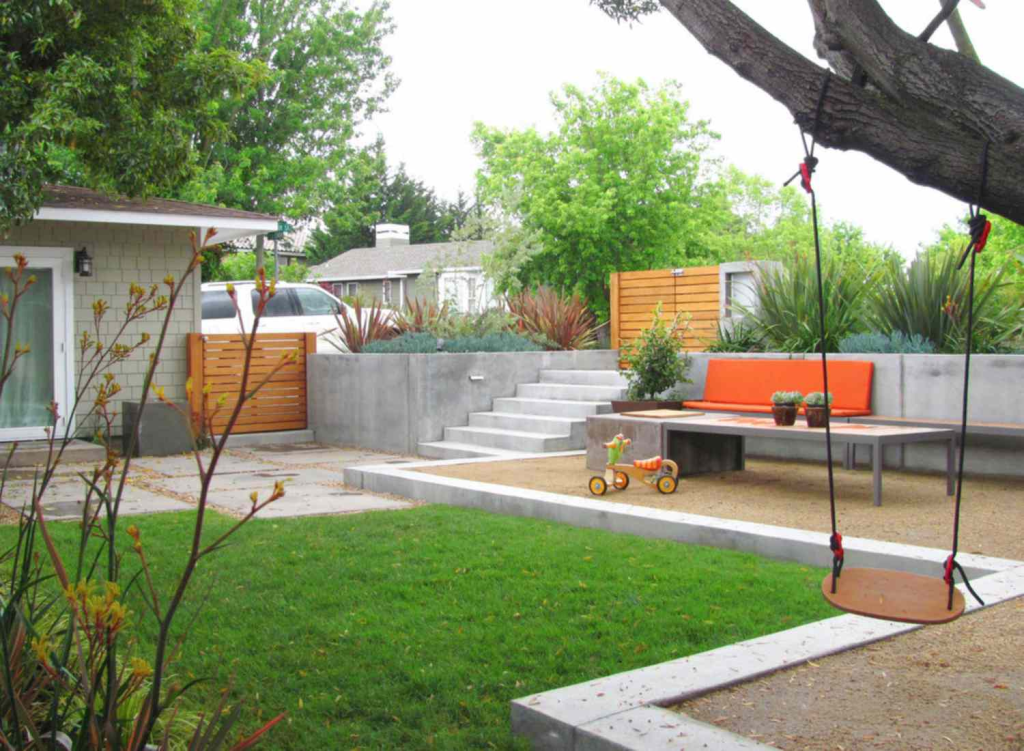
Step 3: Creating a Cosy and Safe Firepit Area
A firepit adds a focal point for social gatherings, providing warmth and ambience. Designing this area with safety in mind is essential, especially in a family-friendly garden.
- Position the firepit away from flammable structures, trees, and play areas.
- Consider options like a built-in stone firepit or a portable steel model, depending on your space and style.
- Arrange chairs or a low stone bench in a circular layout around the firepit, leaving enough distance for comfort and safety.
Tips
- Add gravel or a fire-resistant mat beneath the firepit area for extra safety.
- Use spark guards and extinguish any flames completely when the fire is no longer in use.
Identify a potential spot in your yard for a firepit, ensuring it’s safely distanced from other zones.
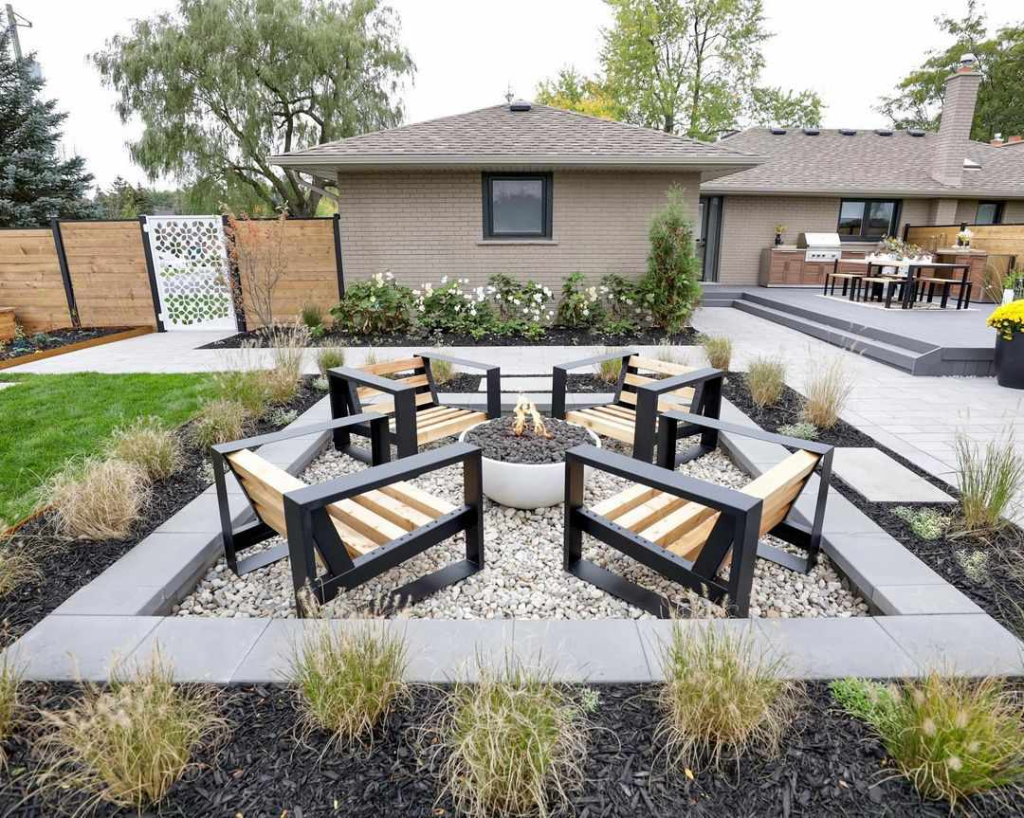
Step 4: Incorporating Low-Maintenance Plants and Ground Cover
A low-maintenance landscape makes it easier to keep your garden looking lush without spending too much time on upkeep.
- Opt for drought-tolerant natives like Kangaroo Paw or Grevillea, which are adapted to local conditions and require minimal watering.
- Use low-maintenance ground covers like Creeping Thyme or Dichondra Silver Falls instead of traditional grass.
- Add a layer of mulch to garden beds to retain moisture and reduce weeds.
Tips
- Group plants with similar water needs together to save on watering time.
- Incorporate perennial plants that don’t need to be replanted each year.
Research native plants suited to your climate and make a list for potential garden additions.
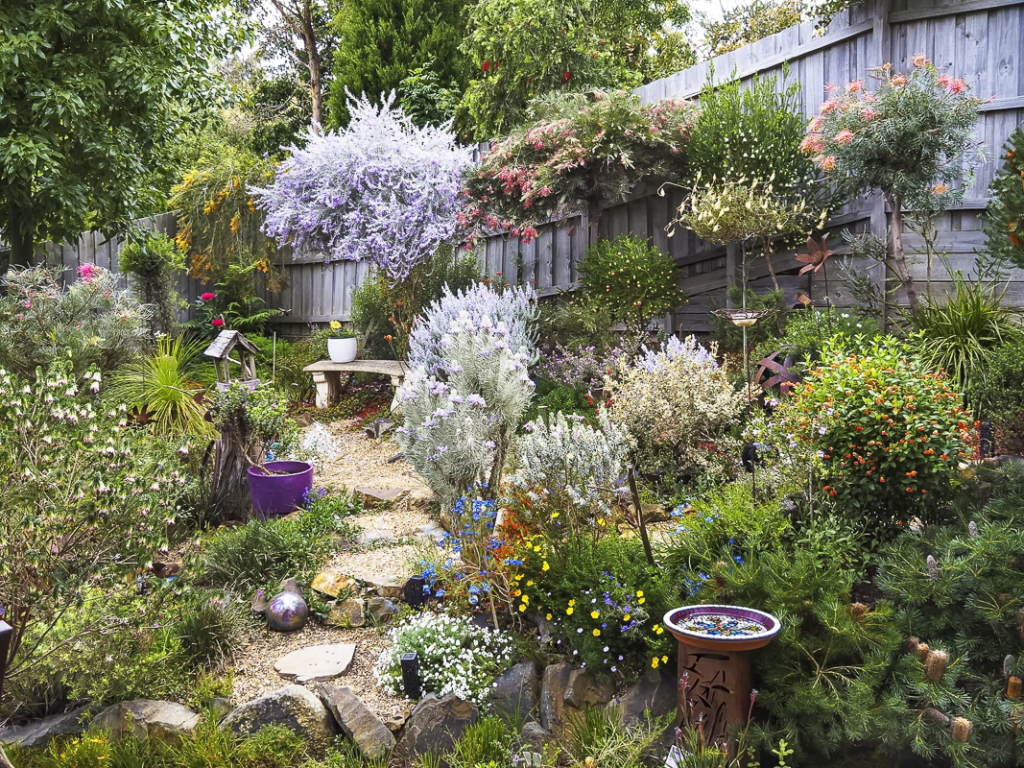
Step 5: Adding Practical Finishing Touches
Small touches can enhance both the aesthetic and functionality of your family-friendly landscaping.
Use a small shed or bench with storage for toys, gardening tools, and outdoor cushions to keep the yard tidy.
Add solar lights along pathways and in the firepit area for evening visibility and ambiance.
Consider a small, low-maintenance water feature for visual appeal and soothing sounds.
Tips
- Use weatherproof containers for storage to protect items from the elements
Choose lights with sensors to save energy and add convenience.
Research native plants suited to your climate and make a list for potential garden additions.
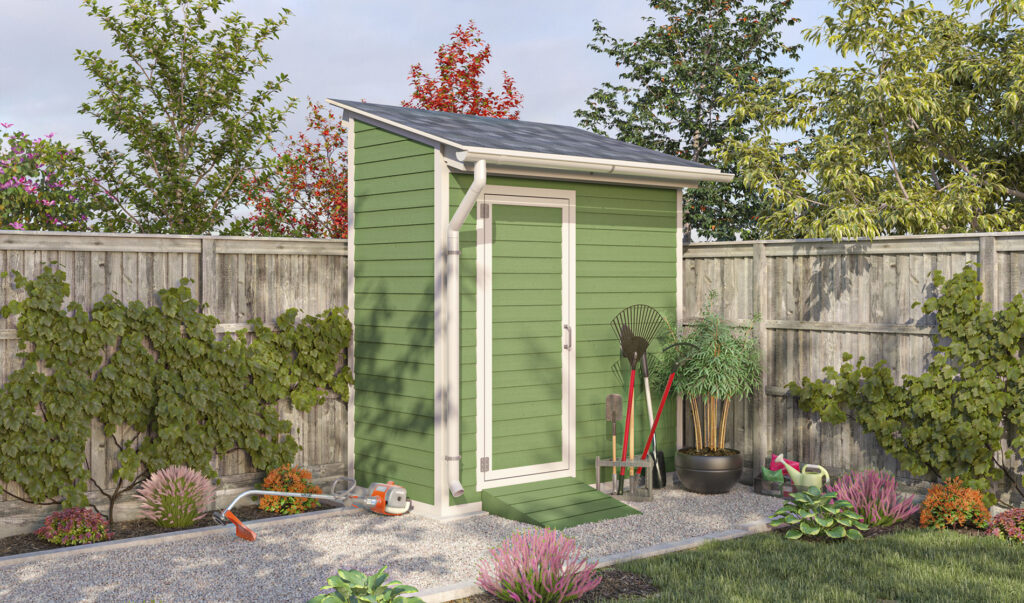
Common Errors and Misconceptions in Family-Friendly Landscaping
Overview
Being aware of common landscaping mistakes can help you design a garden that’s truly functional and enjoyable.
#1: Overcrowding the Garden
Solution: Keep layouts open, with designated areas for play, seating, and movement.
#2: Using High-Maintenance Plants
Solution: Choose hardy native plants or drought-tolerant options to keep maintenance low.
#3: Neglecting Safety Features Around Firepits
Ensure safe distances, use spark guards, and clear the area of flammable materials.
A homeowner initially installed an uncovered sandbox too close to the firepit area. They later added a cover and moved the sandbox to a safer distance, creating a more secure and functional space for both play and relaxation.
Start Designing a Garden and Family-Friendly Landscaping Project Today
Designing a garden and family-friendly landscaping space can be a rewarding project that brings beauty, safety, and convenience to your outdoor area. By incorporating play zones, a firepit, and low-maintenance plants, you’ll create a landscape that everyone can enjoy. Start planning your dream backyard, and make it a space where family memories can flourish.
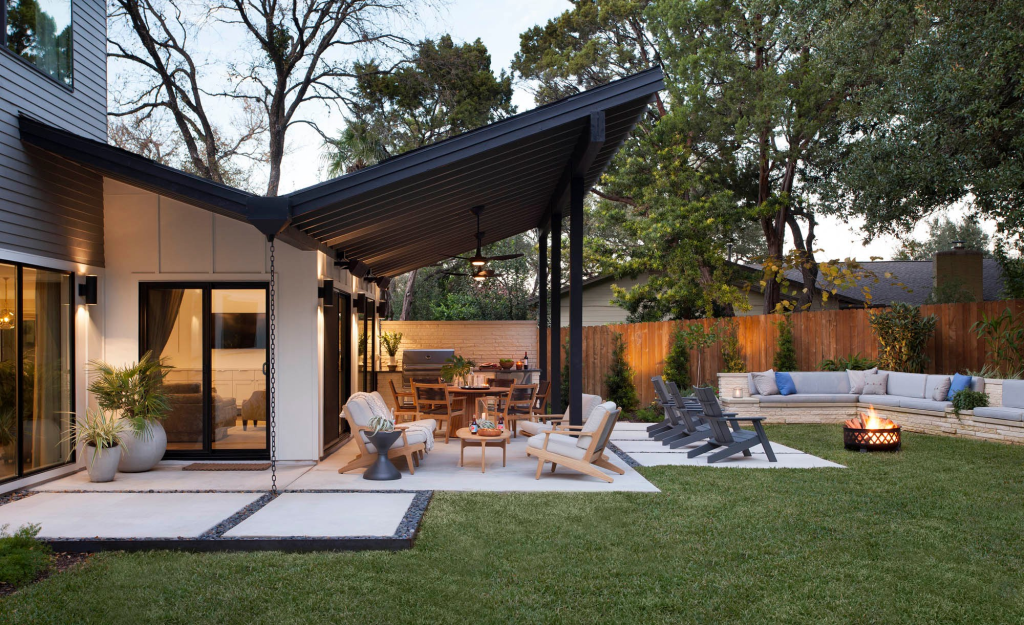
Additional Resources for Family Friendly Landscaping
1. Books
- “Backyard Idea Book” by Lee Anne White
- “Family-Friendly Gardens: How to Create a Safe, Beautiful, and Relaxing Space for Kids and Adults” by Geoff Hodge
2. Websites
- Better Homes & Gardens Landscaping Tips:
(www.bhg.com/gardening) - Australian Native Plant Society:
(www.anpsa.org.au)
